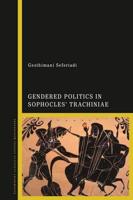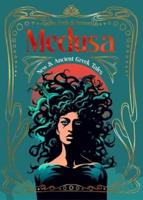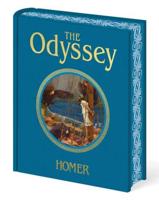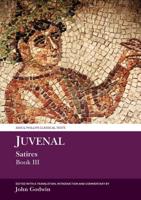Publisher's Synopsis
Amelia Complete By Henry Fielding Edited By George Saintsbury Amelia is a sentimental novel written by Henry Fielding and published in December 1751. It was the fourth and final novel written by Fielding, and it was printed in only one edition while the author was alive, although 5,000 copies were published of the first edition. Amelia follows the life of Amelia and Captain William Booth after they are married. It contains many allusions to classical literature and focuses on the theme of marriage and feminine intelligence, but Fielding's stance on gender issues cannot be determined because of the lack of authorial commentary discussing the matter. Although the novel received praise from many writers and critics, it received more criticism from Fielding's competition, possibly resulting from the "paper war" in which the author was involved. Fielding began writing Amelia in the autumn of 1749. He turned to his own life for inspiration, and the main character, Amelia, was possibly modelled on Fielding's first wife, Charlotte, who died in November 1744. Likewise, the hero, Captain Booth, was partly modelled after Fielding himself. It was advertised on 2 December 1751 by the publisher, Andrew Millar, in The General Advertiser. In it, Millar claimed that "to satisfy the earnest Demand of the Publick, this Work is now printing at four Presses; but the Proprietor not-withstanding finds it impossible to get them bound in Time without spoiling the Beauty of the Impression, and therefore will sell them sew'd at Half a Guinea a Sett." Millar ordered William Strahan to print the work on two of his printing presses to produce a total of 5,000 copies for the first run of the work (in comparison, only 3,500 copies of The History of Tom Jones, a Foundling were printed for the first and second edition). This amount proved to be enough for Millar to sell, although he had to back down from a second printing of 3,000 copies immediately after the first edition to ensure that the originals were completely sold. The work had two German translations published in 1752, a Dutch translation in 1756, and a French edition in 1762. It finally went into a second edition in 1762. However, this edition was posthumous and in Millary's Works of Henry Fielding. In the prefatory essay, the Works editor, Arthur Murphy, claimed that "Amelia, in this edition, is printed from a copy corrected by the author's own hand. The exceptionable passages, which inadvertency had thrown out, are here retrenched; and the work, upon the whole, will be found nearer perfection than it was in its original state." Although most critics agree that Murphy was telling the truth, it is possible that only some of the alterations were completed by Fielding and that other alterations were by Murphy or another editor employed by Murphy.









